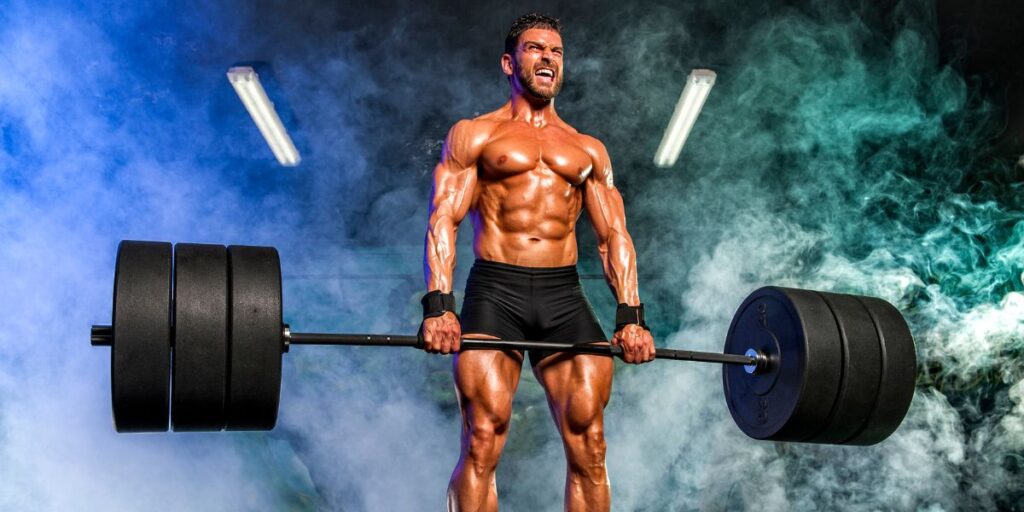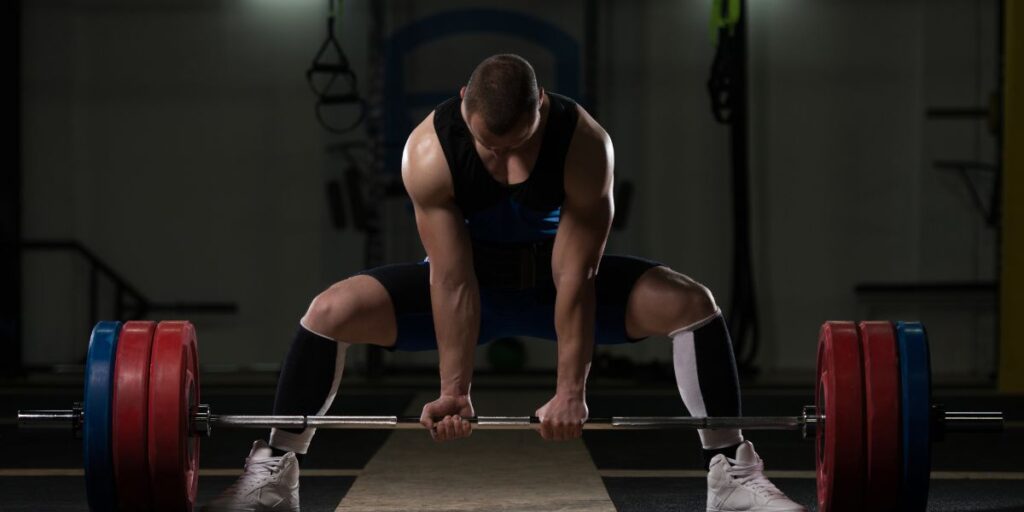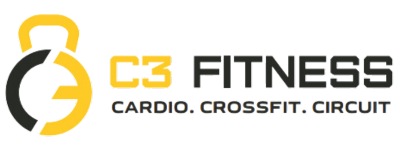By admin
- April 3, 2024
- Dead Lift Workout
- 399 Views
Introduction
One of the most basic and efficient compound workouts for increasing muscular growth and strength is the deadlift. Whether you’re a novice lifter or you’re just getting started, becoming proficient in the deadlift can have a big impact on your general strength and physical composition. We’ll explore the nuances of the deadlift in this article, including advantages, typical variants, correct form, and performance-enhancing advice.

Understanding the Deadlift
Comprehending the deadlift means realizing its importance as a fundamental compound exercise for building strength and muscle. Performing this basic exercise involves raising a weighted barbell or bar from the floor to a standing posture. It mainly works the posterior chain muscles, which include the hamstrings, glutes, lower back, and traps. In addition to building muscle, the deadlift refines fundamental movement patterns by highlighting hip hinge mechanics and full-body involvement. For maximum effectiveness and to reduce the chance of harm, it must be executed correctly. Understanding the nuances of the deadlift can help people realize its transforming potential, which can improve their general well-being and functional capacity in addition to their physical strength.
Proper Deadlift Technique
For the purpose of optimizing performance and lowering the risk of injury, proper deadlift technique is essential. Start by placing your feet shoulder-width apart and making sure the barbell is in line with your midfoot. Throughout the lift, keep your spine neutral and tighten your abdominal muscles. While lowering the barbell carefully, keep your muscles taut. These procedures, which place a high value on correct form, will help you gain strength and muscular mass..

Common Deadlift Variations
Variations on the deadlift offer a range of advantages and can accommodate varying fitness objectives and tastes. Sumo deadlifts, with their broader stance and narrower grip, emphasize activation of the quadriceps and minimize strain on the lower back. Compared to traditional deadlifts, Romanian deadlifts (RDLs) emphasize the hamstrings and glutes with minimal knee flexion, emphasizing hip hinge mechanics. Because they require a more upright torso position, trap bar deadlifts are appropriate for novices or anyone with back problems. When done with elevated feet, deficit deadlifts extend the range of motion and target the lower back and hamstrings. Lifters can customize their training program to meet their requirements and preferences while still getting the benefits of deadlifts by taking advantage of the distinct challenges and adaptations that each variant brings.

Conclusion
One essential exercise that every lifter should have in their repertoire is the deadlift. You may get the most out of deadlifts and achieve new heights in strength and physique by learning correct form, adding variations, and following good training concepts. Prioritize safety above everything else, and pay attention to your body when you start your deadlift journey.


